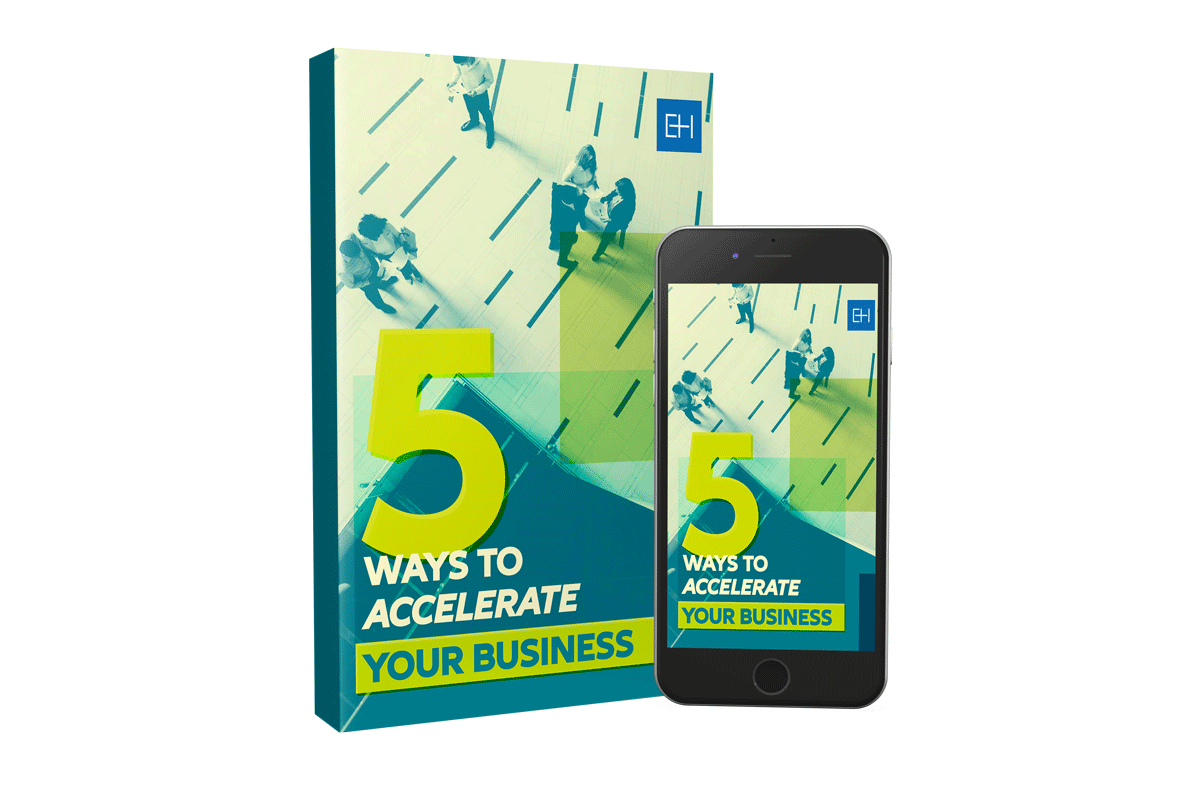In the early days of humans versus computers in chess, we humans routinely won. Those chess-playing programs were rudimentary by today’s standards. Chess-game programmers became better and eventually grandmasters, including the world champion, lost to computers.
Then a funny thing happened. In 2005, a team of two amateur players entered an online tournament that placed few restrictions on play. Computers were among the contestants. Grandmasters, too. But the amateur team had an edge over its competitors’ digital and human brains: special software they developed to help them play against computers, plus a methodology that helped them determine when to rely on their computer’s advice and when to favor their brainpower.
The amateur duo won the tournament.
While today’s most powerful chess-playing computers are virtually unbeatable by human players alone, humans and computers in partnership not only have a chance, they can and do win.
The analogous question for your business is this. How can your company get a winning edge by combining the power of data analytics with brainpower? It’s a question you could apply to nearly any area of your business.
- Predicting customer needs – Data analysis brings insight into what customers want. Data can help you understand what and when customers are purchasing, as well as what customers with a similar profile or buying habits are purchasing. This insight can help you predict what other products or services provided by your company may best fit their needs.
- Increasing customer satisfaction while influencing behavior – Gathering and analyzing real-time customer data allows businesses to anticipate what customers want and then deliver that, influencing behavior, enhancing customer satisfaction and loyalty.
- Protecting against fraud – By collecting and monitoring your transactional data, you’ll be able to detect problematic trends or be alerted to possible fraud right when it happens, which reduces the risk that your company will lose money.
What is Financial Data and How Can it Be Used to Inform Sales Growth & Strategy?
Financial data measures your business performance and helps inform a successful strategy moving forward. In developing your business strategy, you’ll likely need to examine data related to your assets and liquidity, current and potential risks, sales and market trends, your growth compared to that of your competitors, customer behaviors, and more.
Regularly monitoring and analyzing this data is critical for developing strategies related to product focus and pricing, customer targeting, reducing production costs and increasing revenue, expanding opportunities with and/or retaining customers based on creditworthiness, and overall business growth. It can help you identify risks to your business so you can work to mitigate areas of weakness and highlight areas of investment that could benefit your business.
Proprietary Data
Proprietary business data is information that is unique to your company. It may include sales and other financial data, customer profiles and behavior data, company-specific production methods or formulas, marketing insights, supplier information, and company-specific software applications. You can use proprietary data to create targeted marketing campaigns that more effectively reach current customers and target prospective ones with similar profiles. Your proprietary business data can also help you improve products or service deliveries based on reviews and social media insights, and adjust product pricing and financial strategies based on documented internal trends and updates from suppliers.
Public Data Sources
Publicly available data, or open data, can help your company gain strategy-informing insights whether or not you’re ready to regularly collect, analyze, and act on internal proprietary data. Popular public data sources include Google Trends, Google Scholar, World Bank Open Data, IMF Data, and Twitter and other social media.
To effectively use public data, companies should focus on strategic goals such as increasing sales in a particular customer segment or adjusting services or prices to meet their needs better than competitors. This type of data management allows you to avoid gathering large amounts of potentially unusable data and instead focus on insights that could help you improve aspects of your business.
4 Ways to Leverage Big Data to Improve Sales Process
Leveraging big data can improve your sales process if you’re able to hone your focus on specific targets. For example, you may want to expand your product or service offerings to increase sales with current customers and attract others. You can analyze data related to customers who demonstrate certain buying habits and gather and assess publicly posted reviews and social media conversations to better understand needs. Then you can craft marketing and sales content that targets those customers and prospects.
Similarly, to influence customers’ likelihood to choose your product or service over a competitors’, you can examine big data to understand what competitors’ incentives or marketing strategies seem to drive purchases. With that information, you can craft marketing messages that communicate your distinctive competencies that would resonate with customers.
Mitigate Risk by Identifying Business or Industry Trends
As part of your strategic financial analysis, analyzing economic data for macro trends can help you identify any emerging risks and design your risk management strategy accordingly. That means keeping an eye on economic factors at the market, industry, national, and global levels that could affect your business, as well as any regulatory policy changes affecting your industry.
Broader macro trends such as demographic shifts in purchasing, the increasing adoption of emerging technologies like artificial intelligence, shifting geopolitical relationships, and even climate change bring increased risks, as well as potential opportunities. Staying on top of them and assessing your potential financial risks can keep your business ahead of the game.
Use data to build and strengthen customer relationships
When your people can connect the dots between cause and effect as they apply to customers, including marketing efforts and their results, your company knows what customer-relationship efforts equal the best ROI. It all starts with truly knowing your customers. What their needs are. What they think of your company’s ability to meet them. And all the while, assuming there’s more to know.
How you obtain this data from customers — surveys, interviews, or any other query method you devise — doesn’t matter so much as accumulating it on a continual basis. Asking customers what’s important to them fosters a greater sense of collaboration. Knowledge-sharing arrangements may develop where you learn about future needs. Ideas for new products and services may come about.
When you engage customers in meaningful ways at every touch-point, it presents an opportunity to learn more about them and how to better meet their needs. Such analytics should be at the core of how you run your business.
Create dashboards to make data more actionable
Big data might as well be a big mess if you don’t use it to drill down into individual customer relationships. Closely examine the data you’re collecting on a regular basis. Look for underlying trends and what steps you can take to exploit their potential.
But your data, internal and external, is only as good as it is clearly understood. Understandable data is actionable data.
This is where dashboards can come in handy. They should be designed so your company can distill data into quick-read performance metrics, as well as those for demand and engagement. Well-designed dashboards reveal all in “Aha!” visualizations that cause good things happen.
Examples of how dashboards can be used:
- track customer referrals and their influence on your sales pipeline.
- track and evaluate customer retention rates to isolate where improvement opportunities lie.
- account for cross-sells and upsells.
- identify candidates for case histories to highlight in upcoming proposals.
The best dashboards realize the potential of big-data analytics in combination with big-brain talent. If your company is already using dashboards, are they as optimized as current data-mining allows? If your IT department can’t answer that question, chances are IT consultants in your industry can.



















